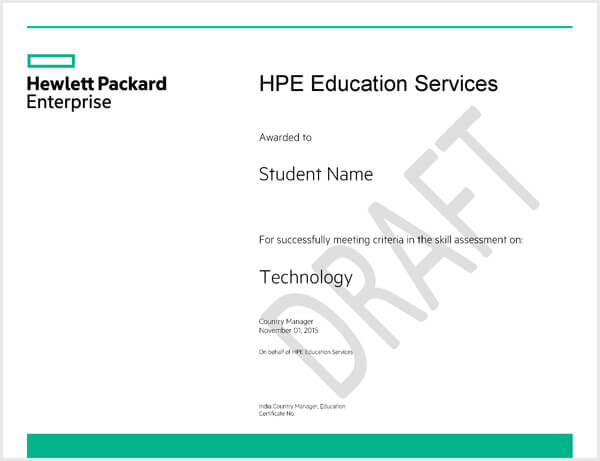Python Training
Python is a dynamic, interpreted (bytecode-compiled) language.
An ideal way to see how Python code works is to run the Python interpreter and type code into it.
If you ever have a query like, "What happens if I add an int to a list?" Type it into the Python interpreter to see what happens.

Our Python team of developers strives to avoid premature optimization, and reject patches to non-critical parts of CPython that would provide marginal increase in speed at the cost of clarity. If speed is a vital factor, a Python programmer can add time-critical functions to extension modules written in C or C++, or simply use PyPy, an excellent compiler. Cython is also available. It translates the Python code into C and makes C-level Application Programming Interface calls into the Python interpreter.
BASIC LEVEL: |
||||
|
An Informal Introduction to Python |
||||
| A. Using Python as Operations | ||||
|
|
|
|
|
| B. Steps Towards Programming More Control Flow Tools | ||||
|
|
|
||
| 2. Programming Loops | ||||
|
|
|
|
|
| 3. Defining Functions | 4. Overloading Functions | 5. Default Argument Values | 6. Keyword Arguments | |
| 7. Arbitrary Argument Lists | 8. Unpacking Argument Lists | 9. Documentation Strings | 10. Function Annotations | |
| C. Modules | ||||
|
|
|
|
|
| D. Errors and Exceptions | ||||
|
|
|
|
|






